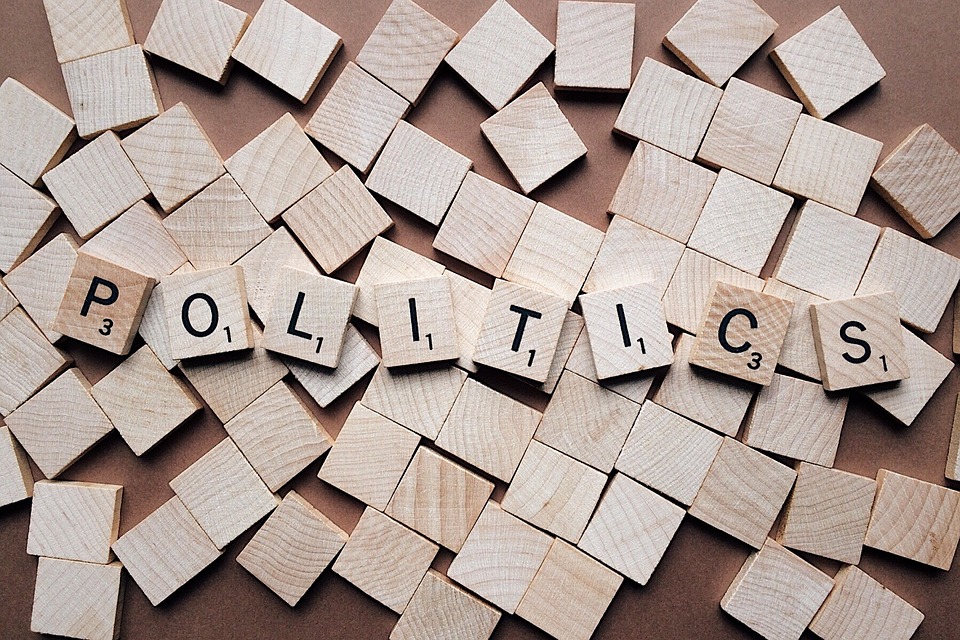Judiciary Under Scrutiny: Analyzing Recent Supreme Court Decisions
The role of the judiciary is paramount in maintaining the rule of law and ensuring justice in society. As one of the three pillars of democracy, the Supreme Court has the power to interpret laws, safeguard individual rights, and check the power of the branches of government. However, recent decisions have brought the Court under scrutiny, igniting debates about the extent of its authority, its impartiality, and its influence on the social fabric of the nation.
A Shift in Judicial Philosophy
In recent years, the Supreme Court has demonstrated a marked shift toward conservative interpretations of the Constitution. This evolution has been particularly evident in landmark rulings concerning issues like abortion, gun rights, and the separation of church and state. Advocates of such changes argue that these decisions reflect a necessary correction to what they see as an overly progressive judicial approach of the past. Critics, on the other hand, contend that this shift could erode civil liberties and the foundational principles of equity and justice.
Key Cases Under Examination
-
Dobbs v. Jackson Women’s Health Organization (2022): Perhaps one of the most contentious rulings in recent memory, the decision to overturn Roe v. Wade has significant implications for women’s reproductive rights in the United States. By returning the authority to regulate abortion to individual states, the Court’s ruling has sparked widespread protests and legislative actions across the country. This decision has raised questions about the judiciary’s role in private matters and the balance between state and federal rights.
-
New York State Rifle & Pistol Association Inc. v. Bruen (2022): In a landmark ruling, the Supreme Court expanded the rights of individuals to carry firearms in public spaces, striking down New York’s strict gun licensing law. This case highlights the ongoing debate about the Second Amendment and the ability of states to impose regulations aimed at reducing gun violence. Critics fear that this decision could lead to increased incidents of gun-related violence, while proponents argue it protects constitutional rights.
-
Carson v. Makin (2022): This case revolved around the funding of religious schools through state programs. The Court ruled that states cannot exclude religious schools from state-sponsored voucher programs. This decision raises critical questions regarding the separation of church and state and whether government funds can be used to support religious education. Observers are concerned that this blurs the lines between state support for religion and secular education.
- EPA v. West Virginia (2022): In a significant ruling on environmental policies, the Court limited the Environmental Protection Agency’s (EPA) authority to regulate greenhouse gas emissions from existing power plants. This decision could have widespread implications for climate change initiatives and federal regulatory power, emphasizing the delicate balance of power between state and federal jurisdictions in addressing pressing national issues.
The Broader Implications
The scrutiny of recent Supreme Court decisions reveals a complex landscape where judicial philosophies collide with societal values. Critics argue that the decisions reflect a narrow interpretation of the Constitution that prioritizes individual rights over collective well-being, potentially regressing hard-fought civil rights for marginalized groups. Furthermore, the perception of partisanship within the Court has sparked fears regarding its legitimacy and commitment to impartial justice.
The increased polarization surrounding judicial decisions has also had tangible effects on public trust. As citizens observe contentious rulings that seem to align more with political ideologies than with established precedent or social ethics, many are questioning the integrity of a system designed to be impartial. This crisis of confidence poses dangers not only to the judiciary but to the fabric of democracy itself, as faith in institutions diminishes.
Conclusion
As the dust settles on these recent rulings, the judiciary remains at a crossroads. The Supreme Court’s decisions will continue to shape public policy and individual rights for generations to come. It is imperative that the Court not only reflects the law but also embraces the broader values of justice, equity, and respect for all citizens. The scrutiny of the judiciary, therefore, serves as a reminder of the need for continued vigilance and engagement from the public to ensure that the rule of law serves its intended purpose: the protection of rights and the promotion of justice for all.





